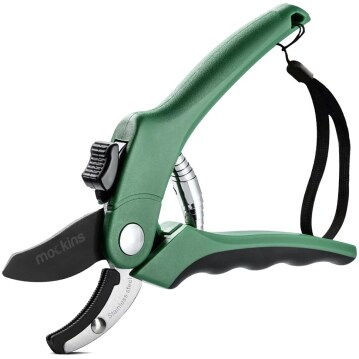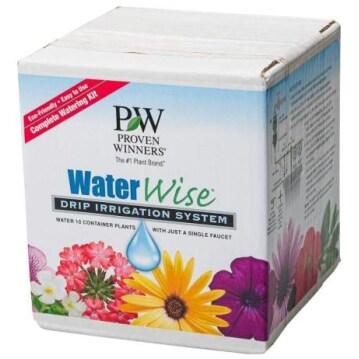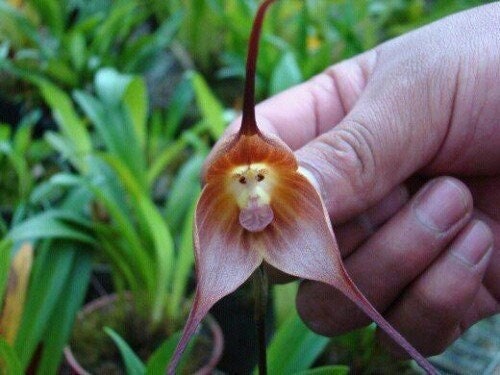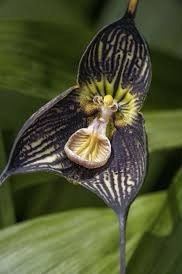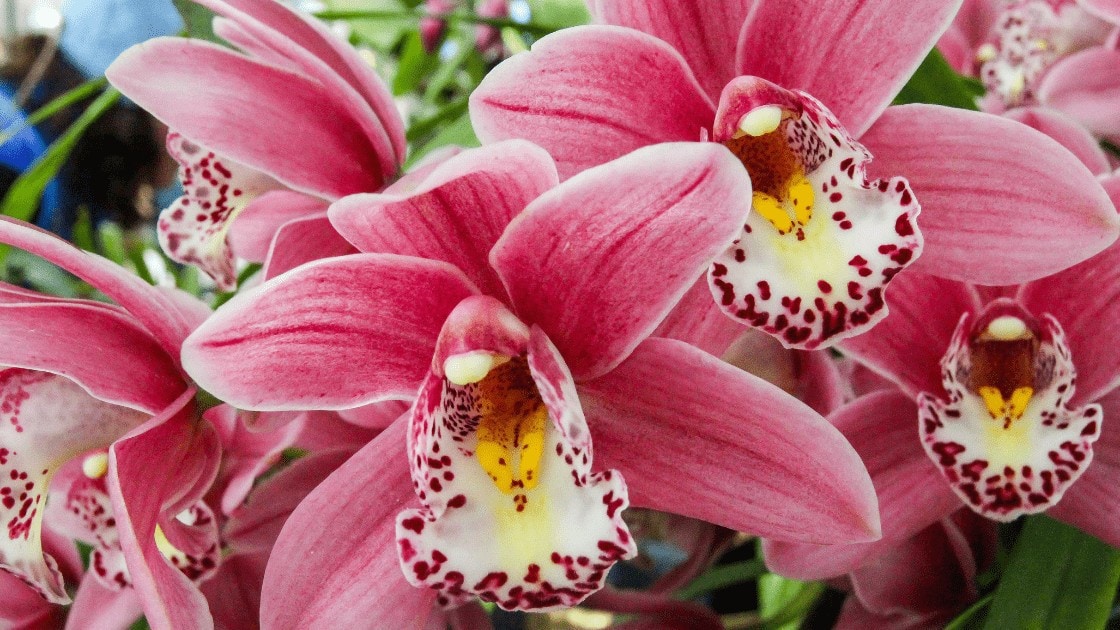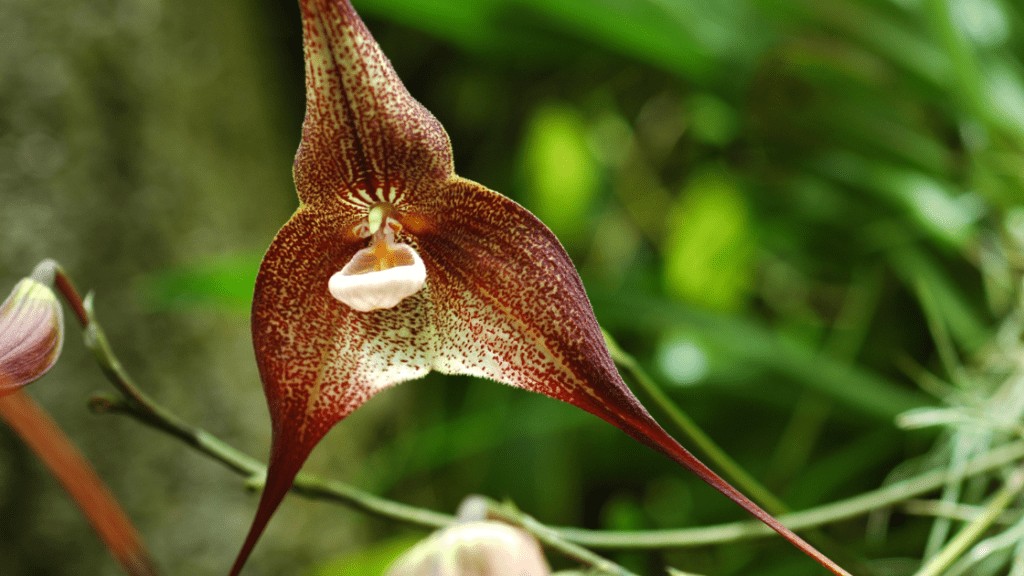
Are you a beginner in gardening and would like to know more about how to grow your own orchid garden? Then you don’t have to worry or keep looking, because we will give you the answers to all your questions in detail.
Currently there are more than 2000 varieties of orchid species spread all over the world, which only makes the selection process about the type of orchid we want to grow in our homes much longer and more complicated. But our mission in this article is to give you the necessary tools to make this whole process easier, so we are going to propose you a very special type of orchid that you will surely love to have: the Simian Dracula.
Despite having a really curious name and possibly inspiring more fear than curiosity, this beautiful orchid can become the best plant in your garden, falling in love with you over time and attracting the attention of all your neighbors and visitors instantly when you see it blooming.
Browse our Affiliate Products
However, not everything will be as easy as buying it and letting nature do the rest; it needs a series of cares, like all orchids, to survive and flower properly year after year.
And that is what we are going to explain to you next: how to take proper care of an Ape Dracula and let you know all its secrets. Because everyone deserves to have a beautiful garden full of vitality.
Take note!
How to Identify a Dracula Simia
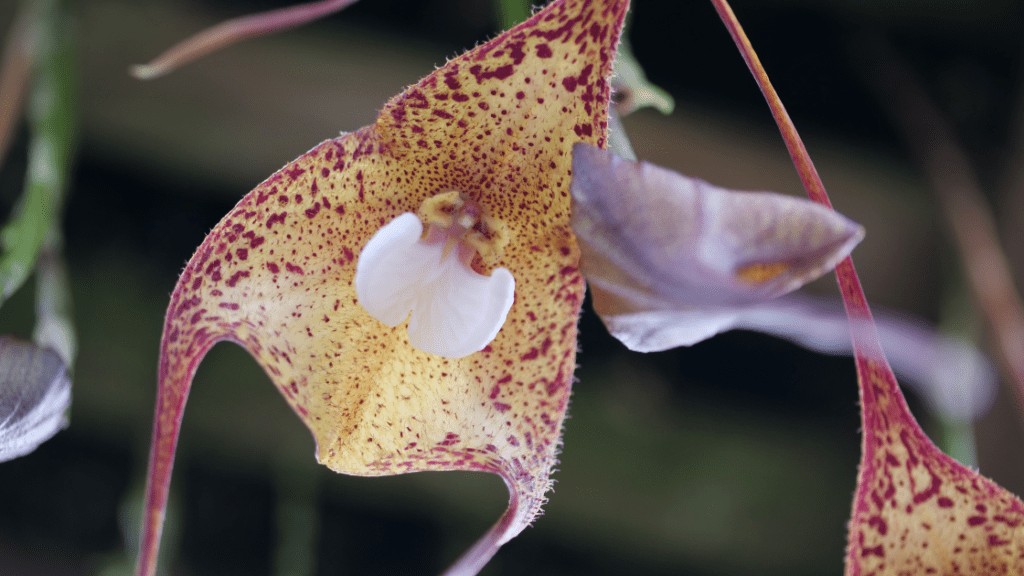
The Dracula Simia is a type of small to medium sized epiphytic orchid native to the lush forests of Ecuador. Although this type of plant is not too abundant and does not grow easily everywhere, it can be found in the nature of the regions from which it is native very easily; you just need to know where to look.
- The Dracula Simia grows naturally at 1000 and 2000 meters of height in very humid forests, being very common to see it growing between leaves and leafy bushes of the lowest parts of the biggest trees.
- This epiphytic orchid is medium in size and can reach a height of between 19-35 centimeters, commonly presenting a wide variety of grouped and upright branches of 6 centimeters in length, which in turn will be wrapped by truncated tubular sheaths that lead to a single apical leaf that will gradually narrow until it reaches a base of 15-20 cm in length and 5 cm in width.
- The Dracula Simia has the particularity to be able to bloom at almost any time of the year, counting on a lax basal and basal inflorescence, of pendant to horizontal that can get to have from about 30 to 60 centimeters of length, and producing of successive form up to 6 flowers by each flowering.
On the other hand, the flowers of the Dracula Simia are characterized for being big and possessing long and wide petals of dark green color covered by multiple fine purple, reddish or black veins. An authentic floral festival worth contemplating!
For more information on other types of orchids varieties, check out our orchid category.
Quantities: 20
Very easy to grow!
any question, please contact me!
Care
Lighting
This type of orchid grows in the shade and will never be able to receive direct sunlight, since that would end up burning it. In its natural habitat, the Dracula Simia grows in very high and humid places where the light never arrives directly, but rather it radiates in a dispersed way through the foliage and the treetops.
In numerical terms, the Dracula Simia needs between 12,000 and 18,000 lux daily, which clearly indicates that the amount of light it needs to flower is far from the amount usually needed by traditional orchids. Otherwise, we could cause the plant not to flower or burn its leaves irremediably due to excess heat.
Air Circulation
Both the Dracula Simia and the other orchids need constant ventilation in order to survive.
These plants grow in tropical forests where the fresh air currents are constant, which helps this plant to regulate its temperature and to avoid suffering from sunburns.
That is why we must make sure that our Dracula Simia is always near a window or near the air currents of the house, since this way we will make sure that the plant is kept in its ideal temperature during the whole year.
Watering
During the months of greater growth, that is to say, from principles of spring to the end of summer, our plant will need a constant watering to be able to stay healthy and to bloom at the suitable moment. During the autumn and winter, we can let the soil dry out more and only water it alternately when we see that it is necessary.
The most important thing for this type of plant is that we never let the water stagnate or water it too much, as this could cause its roots to rot and we would have to re-pot it to prevent the whole plant from dying.
Fertilizing
During the hottest months we should fertilize our orchid with 1/2 or 1/4 of specific fertilizer for it every one or two weeks, being preferable that during the winter we add a good dose of phosphorus as a complement to this fertilizer and that during the summer we substitute it with nitrogen that protects it from the pests and insects typical of that season.
Dormancy
All orchid species require a resting period to promote their growth, and it is preferable that during the winter months we do not add fertilizer or water it excessively; only if we observe that it is strictly necessary and that the soil is too dry.
Winter Care
Our Dracula Simia grows without problems in places where the climate remains cold, being its ideal temperature range between 20 and 25 degrees and getting to endure without problems the night temperatures of up to 12 degrees, so during the winter months take care of our plant will not be anything complicated.
The only thing we should try is that our Dracula Simia is always kept humid, aired and far from direct sun exposure (especially during the first hours of the morning). Doing this and giving it the right dose of fertilizer, our orchid will grow correctly until the first rise in temperature during spring.
Why Hasn’t My Orchid Bloomed?
There are many people who come to garden stores in distress explaining that their orchid is not blooming and they do not know what is causing it, which is not uncommon ( especially among beginners in botany who have never dealt with orchids before) and has an easy solution: increase the amount of daily light.
It is true that these plants cannot stand the sun directly, but that does not mean that they do not need a certain amount of daily light to be able to flower when the time comes. So if our orchid does not flower when it should, we will have to move it to a different location and try to ensure that it receives a greater amount of light each day, but always making sure that it does not get burnt.
Pest/Diseases
Even though orchids are not a type of plant that presents many complications or pest infections, there are times when we could find ourselves with some problem that we will have to eradicate quickly.
Luckily, all the pests we will describe below are easily solved by using standard insecticides or homemade solutions from soap and water.
Take note!
Aphids
You will know that your plant has aphids when you observe that it has started to appear a large amount of circular and sticky spots of grayish tone everywhere. Aphids are not a pest that you need to worry about too much, because with the right insecticide or using a solution made from water and dishwashing soap, you will be able to eliminate them completely.
Thrips
Thrips are tiny creatures that appear as streaks of light on the flowers and leaves of plants and can be easily removed with insecticide, soap with water and a damp cloth with a little alcohol.
Scales
The scales will appear on the edges of the leaves or on the underside and can be easily removed with a cloth moistened with soap and water or through a specific insecticide for this type of pest.
Mealybugs
Perhaps the mealybugs are the most aggressive and difficult to eradicate with which you can find, characterized by the appearance of a whitish mass (similar to cotton) that will stick strongly to both the leaves and the trunk of your plant.
Orchid Babies
Orchids are incredible plants and different from all others, and further proof of this is the name their babies are given: the so-called “Keikis”. These “Keikis” will sprout around the base of our plant and we will be able to transplant them when they reach a length of approximately 3 centimeters.
Did You Know?
Did you know that orchids, in all their species, are considered to be one of the most intelligent plants on the planet? This is because they have the capacity to produce flowers with shapes similar to those of their main pollinators, making insects prefer them during the spring and discarding the rest of the flowers nearby. They are really amazing!
Conclusion
In short, if what you always wanted was to have your own orchid garden and enjoy its aroma and beauty throughout the year, with this simple guide on the care of the fabulous Dracula Simia you can get it without problems! Because everyone should be able to enjoy the magic of plants in their homes. Enjoy it!
